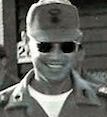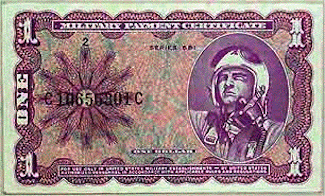At the time there were three major port facilities in South Vietnam that were handling large cargo deliveries by ship, Da Nang, Quang Nam Province in MR I, Cam Ranh Bay, Khan Hoa Province in MR II, and Saigon-Newport, Gia Dinh Province in MR III. When a media article of the convoy was first discovered, it immediately raised the question as to why the 4th Transportation Command went to all the trouble it took to schedule a six-day 600 mile round trip ground convoy from Long Binh Post to the Can Ranh Bay facility.
The initial press release said that in 1968 the convoy run was terminated due to the staggering losses of men and vehicles resulting from enemy action along the route (Highway’s QL-13 and QL-1), yet there were no reference of the early convoys in any Battalion records, or anywhere else in ten years of research on the war.
With the port facility being one of the largest in-country, the only plausible reason was that MACV wanted to display a successful image of the Vietnamization Program, and to garner some much needed favorable publicity to mitigate the complaints from the antiwar lobby in Washington, DC that it was a failure. This assumption was based partly on the grandiose ceremony held to celebrate its successful conclusion, something that was rare in a war zone. The speculation remained just that until later, when a former member of the Battalion Command staff personally verified that it was a major public relations ploy. However, that in itself doesn’t lessen the professionalism and hard work displayed by those troops who participated in its success.
The planning stages and commitment of assets for the mission was divided between the escort, staging, and transport commands. Over-flight reconnaissance was conducted along the established route, ground coordination was made with units having operational control of the areas along the route and at the designated remain-overnight sites, plus maintenance and support provisions and positions were established.
Providing coordination and support were the 4th Transportation Command (Operations Order 100-70) Saigon Support Command, HQ of the I and II Field Forces, 18th Military Police Brigade, 720th MP Battalion, and the 18th Engineer Brigade units in MR II at Dong Ba Thin. Tactical support and coverage for the 600 mile long convoy route was arranged with the I & II Field Forces.
















 LTC Schmitz
LTC Schmitz










